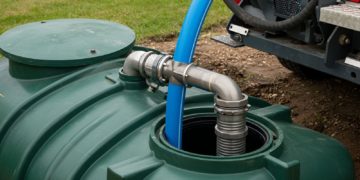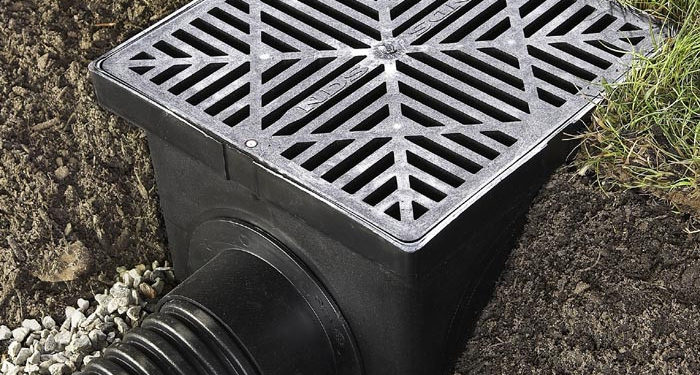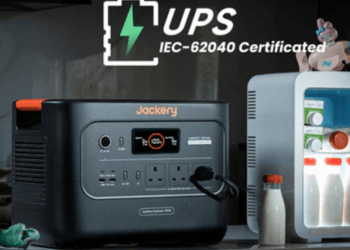Residential drainage systems are indispensable for maintaining the integrity of properties and safeguarding against water-related damages. This comprehensive guide explores the fundamental types of residential drainage systems, their functionality, installation, maintenance, and the importance of selecting the right system for your property.
Introduction to Residential Drainage Systems
Residential drainage systems are the unsung heroes of property maintenance, responsible for managing excess water and preventing water accumulation around homes. Without effective drainage, properties are vulnerable to various water-related issues, including flooding, erosion, and structural damage.
Surface Water Drainage Systems
Surface drainage systems serve to redirect rainwater runoff from impermeable surfaces like roofs, driveways, and patios. These systems commonly consist of gutters, downspouts, swales, and French drains. Gutters efficiently gather rainwater from the roof, guiding it towards downspouts that then divert it away from the house’s foundation. Swales and French drains, strategically located shallow depressions or trenches, effectively carry water away from the property, ensuring proper drainage – whether London drainage or in any other part of the country – and preventing water accumulation issues.
Subsurface Drainage Systems
Subsurface drainage systems operate underground to alleviate groundwater saturation and prevent soil erosion. These systems may consist of perforated pipes, gravel-filled trenches, or underground drainage tiles. Subsurface drains capture excess groundwater and divert it away from the property, mitigating the risk of waterlogging and structural damage.
Combined Drainage Systems
Combined drainage systems integrate both surface water and subsurface drainage components to effectively manage water runoff and groundwater. These systems are particularly beneficial in areas prone to heavy rainfall or high water tables. Combined drainage systems may feature a combination of gutters, downspouts, French drains, and underground pipes to ensure comprehensive water management.
Factors Affecting Drainage System Selection
When selecting a drainage system for your property, several factors should be taken into account, including soil type, land slope, climate, and local regulations. Soil composition affects water absorption rates, while land slope determines the direction of water flow. Climate and precipitation patterns influence the volume of water runoff, necessitating appropriate drainage solutions. Additionally, compliance with local regulations and building codes is essential to ensure the legality and safety of the drainage system.
Installation Guidelines for Residential Drainage Systems
Proper installation is crucial for the functionality and longevity of residential drainage systems. While some homeowners may opt for DIY installation, it’s advisable to enlist the services of professionals to ensure optimal performance and compliance with regulations. The installation process typically involves site assessment, system design, excavation, component installation, and backfilling. Following manufacturer guidelines and industry best practices is essential for a successful installation.
Maintenance Practices for Longevity
Regular maintenance is essential for preserving the efficiency and effectiveness of residential drainage systems. Routine inspection and cleaning of gutters, downspouts, and drainage components are recommended to prevent clogs and blockages. Additionally, prompt repairs and troubleshooting can address any issues before they escalate into major problems. Engaging in proactive maintenance practices prolongs the lifespan of the drainage system and minimizes the risk of water damage.
Common Drainage Problems and Solutions
Despite diligent maintenance, residential drainage systems may encounter common issues such as clogged gutters, standing water, or soil erosion. Identifying these problems early and implementing effective solutions is imperative for preventing water damage and maintaining the integrity of the property. Solutions may include gutter cleaning, downspout redirection, surface grading adjustments, or the installation of additional drainage components.
Advantages of Well-Maintained Drainage Systems
A diligently maintained drainage system presents homeowners with a multitude of advantages, ranging from augmented property worth and elevated visual appeal to fortified defense against water-related harm.
By dedicating resources to a superior drainage system and placing emphasis on consistent upkeep, homeowners secure their financial investment and revel in a habitat that remains dry and conducive to well-being. Such a system not only shields the property against potential water damage but also elevates its overall desirability and curb appeal, potentially increasing its market value.
Regular maintenance routines not only ensure the functionality of the drainage infrastructure but also contribute to a serene and pleasant living environment, free from the nuisances of water accumulation and its associated hazards.
Investing in a robust drainage system not only safeguards the property but also enhances its livability and longevity, providing homeowners with peace of mind and a sense of pride in their cherished abode.
Also, you can prefer Underground Drainage that keeps your drainage system reliable and free.
Sustainable and Eco-Friendly Drainage Options
In recent years, there’s been a notable shift towards sustainable and eco-friendly drainage solutions. Options like rain gardens, permeable paving, and green roofs exemplify environmentally conscious approaches that prioritize water conservation, biodiversity, and ecological harmony.
These forward-thinking alternatives not only effectively manage stormwater runoff but also play a pivotal role in bolstering environmental sustainability and community resilience. By implementing such innovative solutions, communities can mitigate the adverse impacts of urbanization on natural water systems while fostering healthier ecosystems.
These eco-friendly practices not only benefit the immediate surroundings but also contribute positively to broader environmental initiatives, promoting a greener and more sustainable future for generations to come.
Conclusion
Residential drainage systems are indispensable components of property infrastructure, responsible for managing excess water and safeguarding against water-related damages. By understanding the basic types of drainage systems, their functionality, installation, and maintenance requirements, homeowners can make informed decisions to protect their properties and enhance their quality of life.











































































